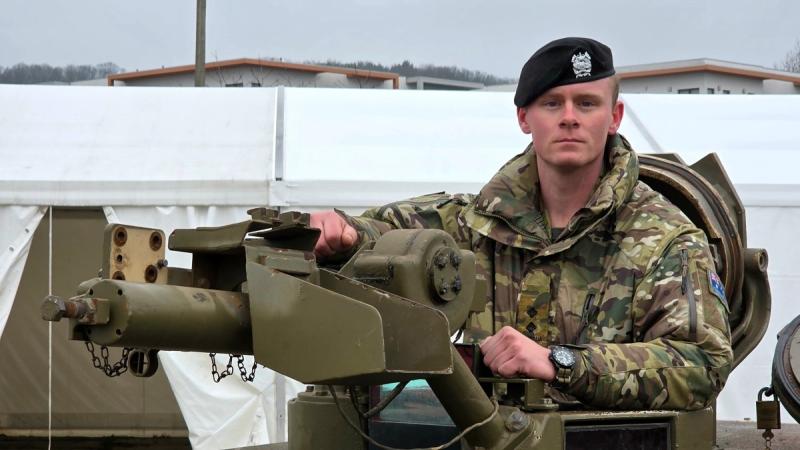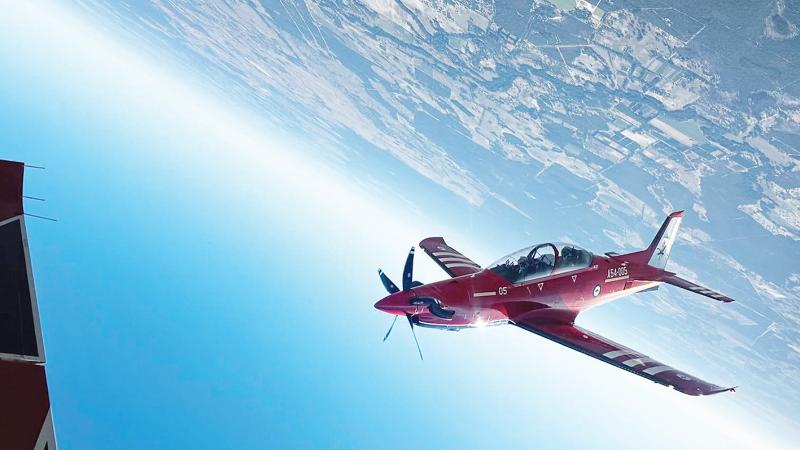20 July 2025
In the crocodile-infested waters of the Victoria River, soldiers are risking their lives – not in combat, but to ensure others have something as basic as clean drinking water.
On Exercise Talisman Sabre 2025, at the remote Bradshaw boat ramp in the Northern Territory, members of 1st Combat Engineer Regiment deployed their water purification and desalination system (WPDS).
Site commander Lance Corporal Doug Shellcot said this critical capability enabled troops to operate in the field during large-scale exercises while staying hydrated with readily available potable water.
“No capability operates without water, so this is incredibly necessary,” Lance Corporal Shellcot said.
“During Talisman Sabre, a combat team may require 15,000 litres of potable water per day, but the system can be scaled up significantly, with storage for up to 60,000 litres.”
Using large 7500-litre ‘onion’ tanks, it takes roughly 1.5 hours to fill a set of four.
The WPDS is a robust and adaptable setup.
“Being in the NT, one of the main concerns is crocodile safety due to having to be close to the water’s edge to insert pumps to retrieve the water. But the risk is still very low,” Lance Corporal Shellcot said.
From freshwater sources, it can purify up to 400,000 litres a day. With saltwater, the figure drops to 100,000 litres, as reverse osmosis is required to remove hardened salts.
'By the time it gets to the person consuming it, there’s enough chlorine for it to be sterile but not enough for it to taste like a swimming pool.'
Chlorine is added during purification to sterilise the water before it's pumped into storage and eventually distributed to troops.
Combat engineer Lance Corporal Kieren Beattie specialises in water purification. He said the capability had been deployed in real-world situations in the remote Bradshaw Field Training area on previous occasions.
“As water moves from storage tank, to truck, to jerry can and then to a soldier’s water bottle, it loses a bit of chlorine as it is re-sterilising each vessel it’s being transferred to,” Lance Corporal Beattie said.
“By the time it gets to the person consuming it, there’s enough chlorine for it to be sterile but not enough for it to taste like a swimming pool.”
Environmental health officers play a crucial role, ensuring safety with a 24 to 48-hour bacteria test before the water is cleared for use.
But even after certification, there is still science and logistics involved.
The Resource Section – made up of combat engineers, not water specialists – deploys on major exercises and humanitarian assistance and disaster relief scenarios.
They are responsible for the entire life cycle of water support, from pump insertion and purification, to storage and distribution.
It is a role that Lance Corporal Beattie finds rewarding.
“There’s a bit of science behind the whole process and you get to work across a whole different range of roles in Defence that you wouldn’t always see on exercise,” he said.


